“Can we fix this? A Year of Cobbling and Upkeep in the Built Environment”
– By Leila Behjat and Sam Bennett
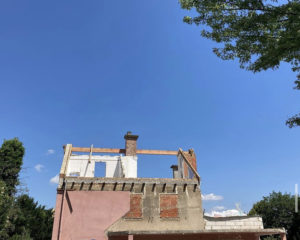
Hello!
We (Leila and Sam) are thrilled to be part of the Maintainers Movement Fellowship and are looking forward to spending the year collaborating with our inspiring cohort – Max, Rheanna, and Tona.

We will be working as a collaborative of two, connected together as friends and senior researchers at Parsons Healthy Materials Lab. Maintenance is often unseen, ignored, and frankly not thought about nearly enough, making it all the more exciting to research. Here’s a bit about who we are and how we got here:
Leila Behjat, architect, designer and senior researcher at Healthy Materials Lab observes her two cultures – the spartan southern German meets the big-gesture, lucious Iranian culture – as heavy influences on her work. This mix of experiences collided in architecture school, when creating new beautiful, fresh spaces, with an abundance of pristine, cutting edge or sensually pleasing materials constantly rivaled this uneasy feeling that all this “new, new, new” and “stuff” was a bit of a one-way dead end road. The love for design and aesthetics could not outweigh the perceived mindlessness around resources. Over the last years, the work in remodeling and renovation with healthier building materials offers starting points towards new concepts in the built environment.
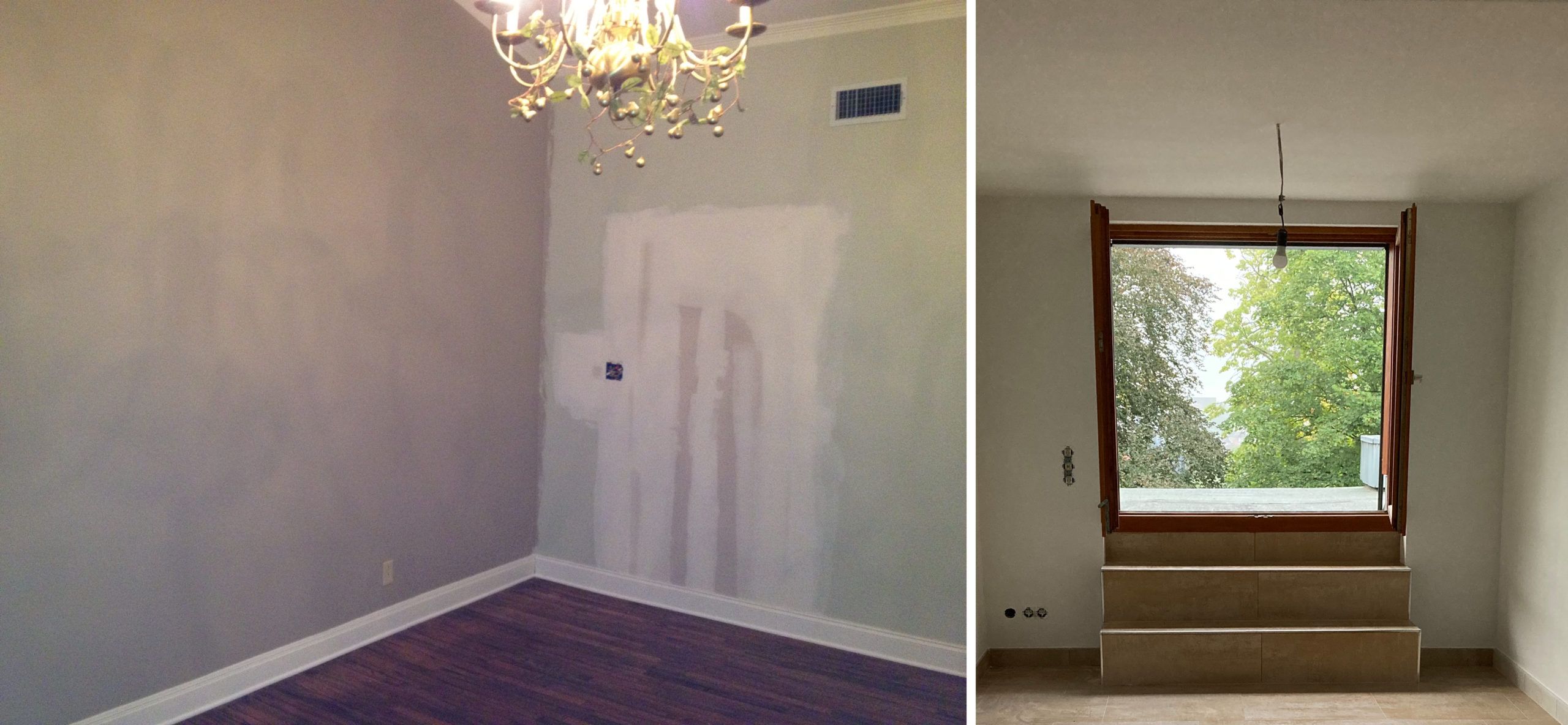
Sam Bennett is a design researcher, educator, and repairer with a focus on human well-being and environmental health. For the past 5 years, she has been thinking a lot about things – Why do we keep things and continue to accumulate more things? Is this a condition of human nature? A result of our capitalist system? A cultural norm? A way to remember? On a mission to find the answer, she interviewed residents of East Harlem about their most special things. Simply put, it’s our identity, our history, necessity, and it’s part impulse, part keeping up with the Joneses. How do we break this cycle? On the eve of 2020 she resolved to: “Examine what I have and understand how it’s made. If I’m overcome with wanting something, instead make it, repair it, rent it, and reinvent it with my own hands”. The year was about finding peace with the existing – through maintenance and repair.
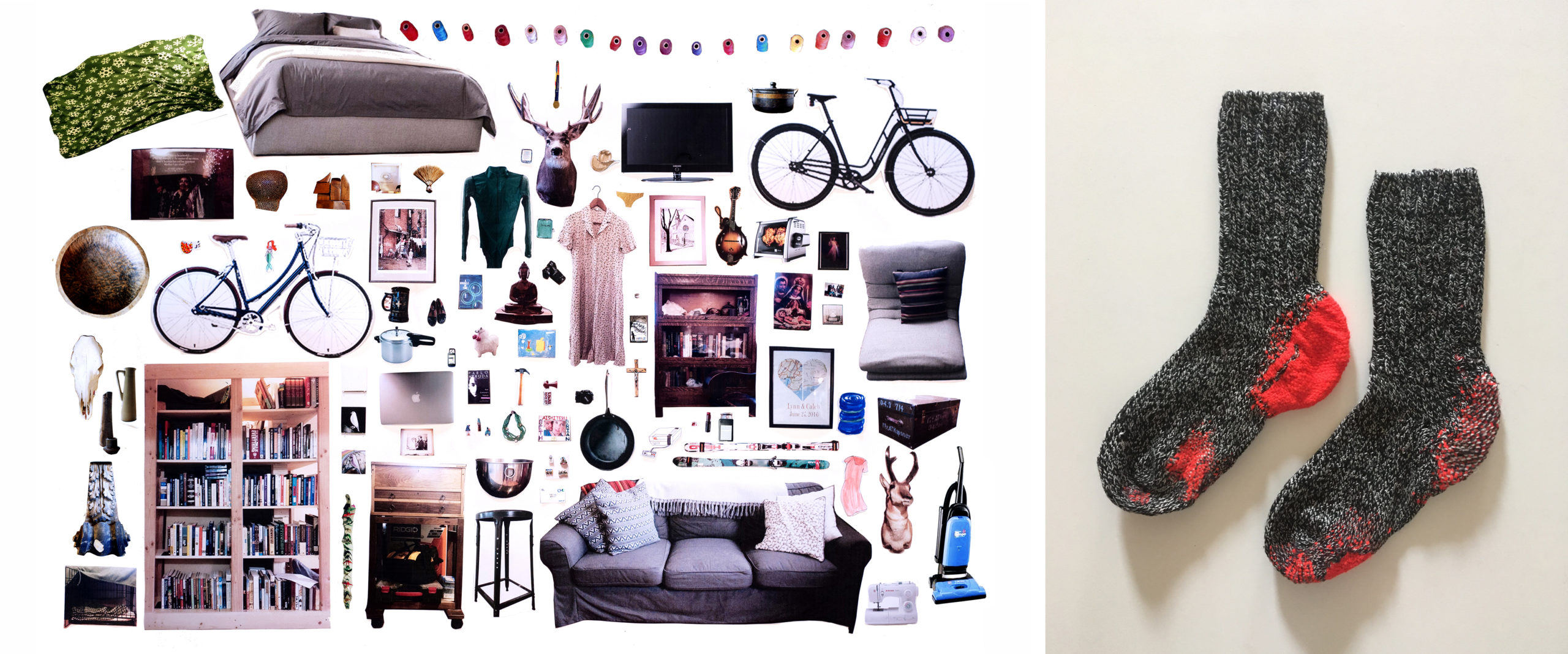
Maintaining the Built Environment
Our mutual work at Parsons Healthy Materials Lab focuses on building healthier communities and environments for all. This includes considering circularity and reuse at the earliest design stages. In this work, we see maintenance as an underestimated form of resilience and as a strategy to reduce waste and decrease greenhouse gas (GHG) emissions.
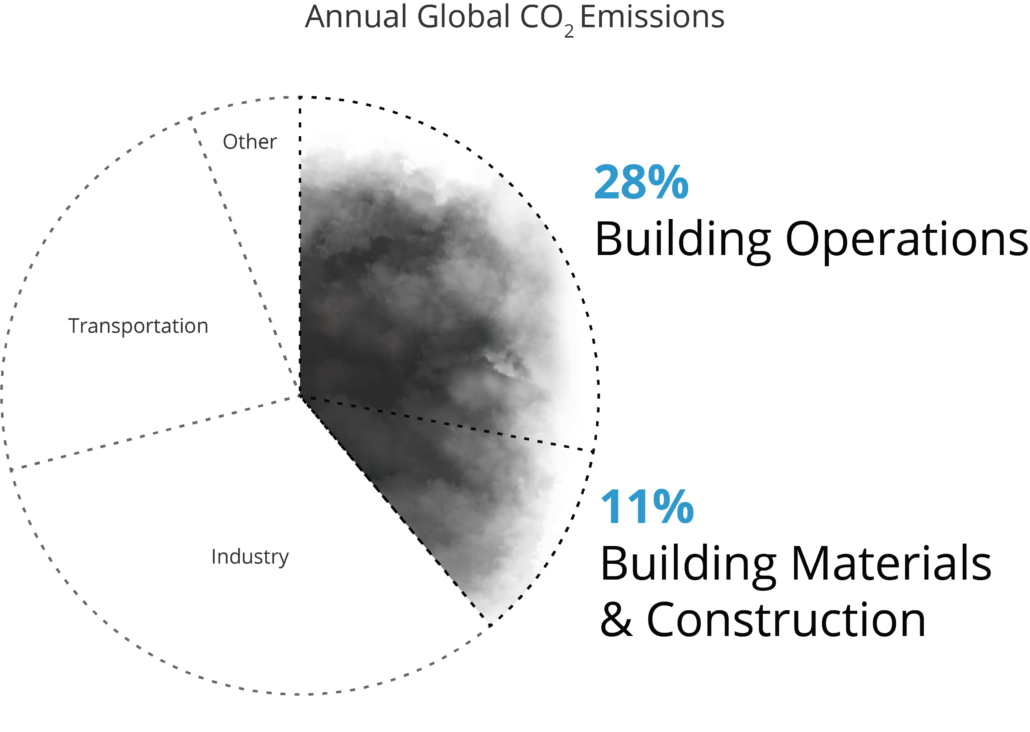
Within the construction industry alone, its annual embodied carbon is responsible for 11% of global GHG emissions from new building materials. It is imperative that renovation and maintenance is prioritized over new construction, and we reevaluate what is valuable and desirable. In our experience, tearing down a structure to rebuild anew is often easier, more efficient, and the most financially viable option. At face value, this viewpoint is easy to understand – good quality upkeep, repair and refurbishing is both monetarily and time intensive upfront. Yet, many developers, architects, and designers ignore the fact that the human health, environmental, and cultural costs are much higher. This needs to change and we intend to dig deeper in the form of three questions:
- What is the role and perceived value of repair today?
- How can culture adapt to embrace repair as highly valuable in the future?
- What are the real financial costs of maintaining a building’s interior material palette?
Simply put, we aim to research how various cultures’ shifting aesthetic values influence the maintenance, circularity, and longevity in the built environment.
Shifting Mindsets through Collaboration
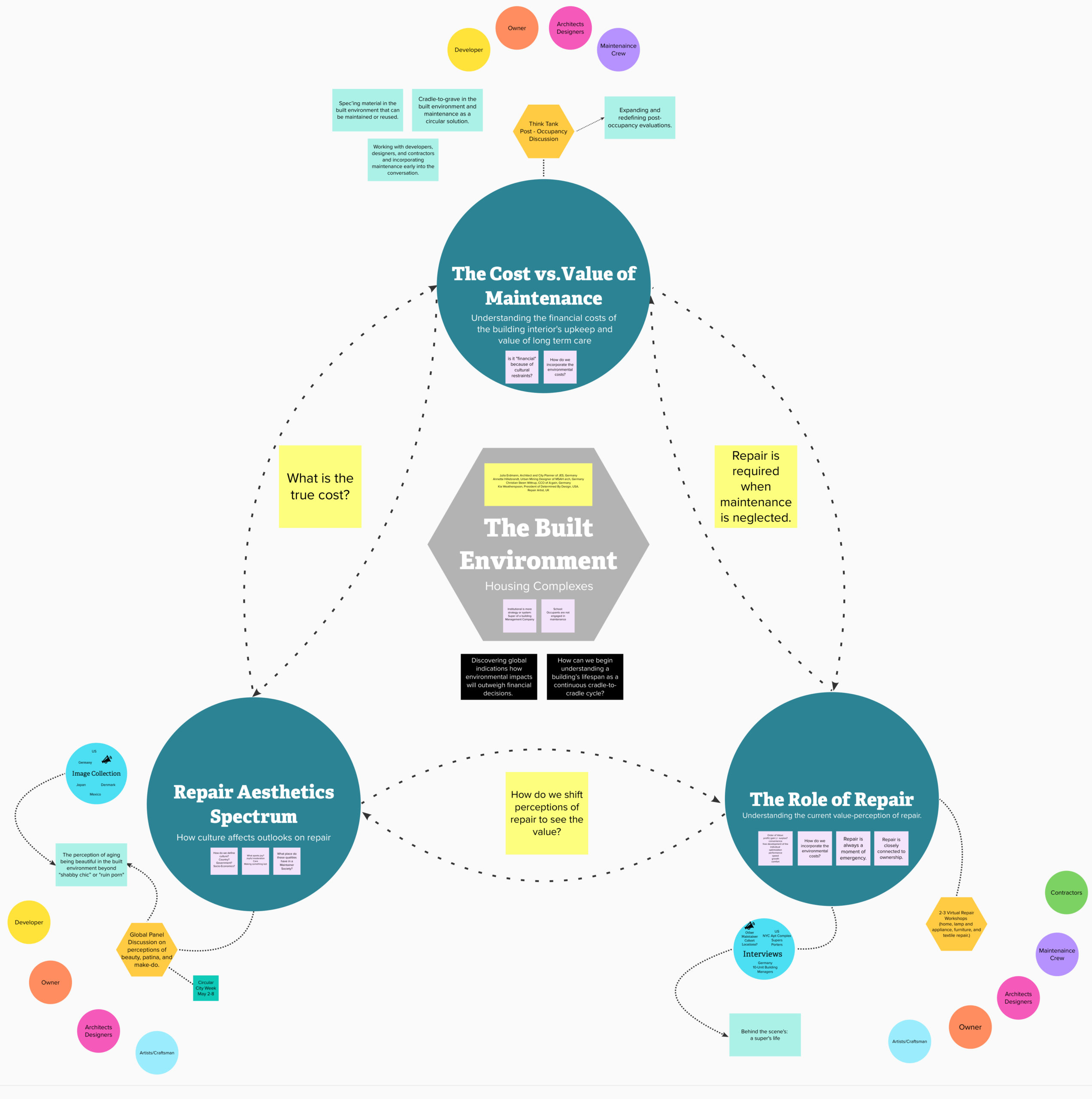
Our hope is that we can contribute real examples to find paths towards solutions. During the fellowship, we would like to investigate cultures tangible to us, such as Germany, North America, with a specific focus on housing complexes. We see this research in various forms: ethnographic fieldwork of interviews and maintenance mapping, along with surveys, social media crowdsourcing, and intimate learning workshops. Our research outcomes would include cultural case studies and maintenance landscapes that could influence a range of stakeholders in the built environment: clients, contractors, architects and designers, and owners and developers.
We look forward to gathering and discussing our ideas and nuanced questions with our interdisciplinary group of fellows, tapping into their personal experiences to create a collective body of knowledge. Here’s to a year of supporting, exchanging, questioning, and expanding.
Leila and Sam’s Evolving Glossary
Built Environment: Human-made or modified structures that provide living, working, and recreational spaces or shelter. (Environmental Protection Agency)
Greenhouse Gas (GHG) Emissions: Greenhouse gasses are gasses that trap heat in the atmosphere. Buildings generate nearly 40% of annual global CO2 emissions. Of those total emissions, building operations are responsible for 28% annually, while building materials and construction (typically referred to as embodied carbon) are responsible for an additional 11% annually. (Architecture 2030)
Embodied Carbon: Embodied carbon refers to the greenhouse gas emissions arising from the manufacturing, transportation, installation, maintenance, and disposal of building materials. Embodied carbon is a significant percentage of global emissions and requires urgent action to address it. (Parsons Health Materials Lab)
Maintenance in the Interior: Maintenance is defined as tasks of care that tend to an existing space or equipment to keep it in good shape, post-occupancy. This includes cleaning, removing trash, and repairing items that are broken or areas that are worn. This form of maintenance is completed by the inhabitants or an organized group of trained and skilled laborers.